
AI Letter Generator & Writer
Quickly create professional or informal letters using our AI letter generator tool.
Instructions
- Enter the details of your desired letter, including the tone (formal or informal), recipient, and main points you wish to communicate.
- Specify any keywords or phrases you want the AI to include or avoid in the letter.
Details
The Ultimate Guide to Writing Formal and Informal Letters
Table of Contents
Key Takeaways
-
Formal vs. Informal Letters: Understanding the key differences is crucial for effective communication. Formal letters have a strict structure and professional tone, while informal letters are more relaxed and personal.
-
Structure Is Key: Both types of letters have specific formats to follow, with formal letters requiring more components, such as letterheads and formal salutations, while informal letters offer more flexibility.
-
Tone Matters: The tone should match the purpose of your letter; use professional, respectful language for formal letters and a conversational, friendly tone for informal ones.
-
Purpose-Driven Writing: Whether you're writing a letter of complaint, a thank-you note, or catching up with a friend, the content and style of your letter should reflect its purpose.
-
Attention to Detail: Paying close attention to language, tone, and etiquette, as well as proofreading for errors, is essential for crafting effective letters.
-
Digital Considerations: Although emails have replaced many traditional letters, understanding when and how to incorporate modern elements like emojis or choose email over a letter is an important skill.
-
Editing and Proofreading: Regardless of the type of letter, reviewing your work before sending is crucial to ensure clarity, correctness, and effectiveness.
-
Etiquette of Letter Writing: Properly addressing the recipient and using appropriate sign-offs according to the nature of the letter are key etiquette points.
-
Practical Use and Templates: Having sample letters and templates on hand can simplify the process of writing both formal and informal letters.
-
The Enduring Value of Letters: Despite the prevalence of digital communication, the personal touch and thoughtfulness of a well-written letter can significantly impact personal and professional relationships.
In today's digital age, the art of letter writing might seem like a relic of a bygone era. However, whether you're firing off a quick note to a friend or drafting a critical business communication, the skills to write both formal and informal letters are more relevant than ever. Understanding the nuances of these two styles of communication can help you convey your message effectively, build rapport with recipients, and navigate the professional world with finesse.
Introduction
Every day, we engage in various forms of communication, from casual chats to official announcements. While emails and instant messages have become the norms, the distinct charm and personal touch of letters remain unmatched. Despite their differences, both formal and informal letters share a common goal: to deliver a message clearly and effectively. This blog post will delve into the subtle art of letter writing, exploring the key distinctions between formal and informal letters, and providing you with the insights and tools you need to master both.
Part 1: Understanding the Basics
What Is a Letter?
At its core, a letter is a written message from one party to another. It can be personal, conveying emotions and experiences, or professional, communicating official information, requests, or acknowledgments. Unlike fleeting digital messages, letters carry a sense of permanence and thoughtfulness that make them especially meaningful.
Formal vs. Informal Letters
The primary difference between formal and informal letters lies in their tone, structure, and purpose. Formal letters follow a strict format and professional tone. They are used in business, academic, or official contexts. Informal letters , on the other hand, have a relaxed structure and a personal, friendly tone, ideal for writing to friends, family, or acquaintances.
-
Formal Letters: Typically, these letters address individuals you don't have a personal relationship with or are aiming to communicate with in a professional capacity. They require a respectful approach and careful consideration of the language used.
-
Informal Letters: These are your go-to for less rigid, more personal communications. With informal letters, the focus is on expressing thoughts freely and connecting on a personal level without worrying about formalities.
Knowing which style to use—and when—can significantly impact how your message is received and understood.
Let's delve deeper into each type, starting with formal letters.
This introduction sets the stage for a detailed exploration of both formal and informal letters, highlighting their importance in effective communication. Does this section align with your expectations? If so, I'll proceed to the next section.
The Structure of a Formal Letter
When crafting a formal letter, adherence to a traditional structure is crucial to ensure your message is conveyed professionally. Here's a breakdown of the essential components:
-
Letterhead (if applicable): If you're writing on behalf of an organization, use the official letterhead.
-
Date: Right below the letterhead or at the top right corner. The date the letter is written is essential for record-keeping.
-
Recipient's Address: Include the name, title, organization, and address of the person you're addressing.
-
Salutation: Use a formal greeting like “Dear Mr./Mrs./Ms. [Last Name],” or “Dear [Position],” if you don’t know the recipient's name.
-
Body of the Letter:
-
Introduction: State the purpose of your letter in the first paragraph.
-
Main content: Provide details, facts, or figures to support your purpose.
-
Conclusion: Summarize your letter's main points and suggest the next steps or call to action.
-
-
Sign off: Use formal closings like “Yours sincerely,” or “Best regards,” followed by a comma.
-
Signature: Leave space for your handwritten signature, followed by your typed full name.
Language and Tone
In formal letters, maintaining a professional tone is non-negotiable. Use clear, concise language and avoid slang or colloquialisms. Phrases like “I am writing to inquire about…” or “We are pleased to announce…” set the right tone. It's also crucial to remain respectful and polite, even when expressing a complaint or a strong opinion.
Types of Formal Letters
-
Business Letters: Communications within or between businesses.
-
Cover Letters: Accompanying documents like resumes or proposals.
-
Letters of Complaint: Addressing grievances with products or services.
-
Recommendation Letters: Endorsing an individual for a position or program.
-
Thank-you Letters: Showing appreciation to businesses or individuals.
-
Apology Letters: Expressing regret over a mistake or misunderstanding.
-
Official Invitations: Inviting individuals to formal events.
Do's and Don’ts in Formal Letters
Do:
-
Use direct, straightforward language.
-
Proofread for grammar, spelling, and punctuation errors.
-
Address the recipient by their proper title.
Don’t:
-
Use contractions (e.g., use “do not” instead of “don’t”).
-
Write long, unwieldy paragraphs.
-
Assume familiarity with the recipient.
The Structure of an Informal Letter
The informal letter has a more flexible structure, enabling a personal touch:
-
Date: Though less formal, including the date is still a good practice.
-
Salutation: Use the recipient’s first name, e.g., “Dear John,” or a nickname, if applicable.
-
Body of the Letter:
-
Introduction: Start with a friendly opening sentence.
-
Main content: Share news, ask about the recipient, or discuss plans.
-
Conclusion: End with well wishes or plans for future contact.
-
-
Sign off: Casual sign-offs like “Best,” “Warm regards,” or even “Love,” are appropriate.
-
Signature: Your first name or nickname is sufficient.
Language and Tone
The tone of an informal letter is significantly more relaxed. Feel free to use colloquial language, idioms, or even jokes, depending on your relationship with the recipient. The goal is sincerity and warmth, creating a sense of closeness even across distance.
Types of Informal Letters
-
Personal Letters to Friends or Family: Catching up or sharing life updates.
-
Congratulations Letters: Celebrating achievements or milestones.
-
Condolence Letters: Offering sympathy for a loss.
-
Invitation Letters: Inviting friends or family to gatherings.
-
Informal Thank-you Letters: Expressing gratitude in a personal way.
Do's and Don’ts in Informal Letters
Do:
-
Write as if you’re speaking to the person face-to-face.
-
Share personal stories or jokes.
-
Use emotive language to express how you feel.
Don’t:
-
Worry too much about the structure or format.
-
Forget to ask how the recipient is doing.
-
Use formal language or jargon.
Enhancing Clarity and Readability
Whether formal or informal, clarity and readability are paramount. Use short paragraphs and bullet points where necessary. Avoid long, complex sentences that might confuse the reader. Keeping your message clear and concise helps ensure your letter is effective and appreciated.
Etiquette of Letter Writing
Always address the recipient properly and respectfully. In formal letters, this means using titles and last names. In informal letters, although you can use first names or nicknames, it's still important to be respectful. Sign-offs should also match the tone of your letter, whether it's a formal "Yours sincerely" or an informal "Take care".
Editing and Proofreading
Before sending your letter, take the time to review and edit it. Look for typos, grammatical errors, and unclear sentences. Reading your letter aloud can help you catch mistakes and ensure your message is conveyed as intended.
Email vs. Letter Writing
While the core principles of letter writing apply to emails, the digital medium allows for more flexibility. Emails can be less formal than traditional letters but should still respect the basic rules of clear communication. Key differences include the use of subject lines and the potential for quicker responses. For more on the distinctions and when to use each, reputable sources like Purdue OWL’s Online Writing Lab offer in-depth guides.
Incorporating Modern Elements
In informal digital communications, don’t be afraid to use emojis or GIFs where appropriate. These elements can add personality and warmth, mimicking face-to-face interactions. However, in formal emails, it’s best to stick to traditional etiquette to maintain professionalism.
Sample Letters
Providing actual examples can serve as a great starting point. For formal and informal letter templates, resources like Business Insider often feature comprehensive guides and examples.
Templates to Use
Having a set of ready-to-use templates can save time and ensure consistency in your communications. Create templates for frequent scenarios such as sending thank you notes, making introductions, or issuing invitations.
From expressing sincere apologies to sharing joyous news, letters allow us to connect with others in deeply personal and professional ways. By mastering the intricacies of both formal and informal letter writing, you can navigate social and professional landscapes with ease, fostering connections that last.
Remember, the key to effective letter writing is understanding your audience and purpose, whether you're penning a heartfelt note to a loved one or a strategic proposal to a potential partner. With practice and attention to detail, you can become adept at crafting letters that not only communicate your message but also strengthen your relationships.
We'd love to hear from you! Share your letter-writing experiences, challenges, or questions in the comments below. And if you found this guide helpful, consider subscribing for more insightful content on mastering the art of communication.
Try more AI writing tools
There's 186 to choose from.

AI Text Generator
Unleash the power of AI to generate creative and engaging text with Typli's Free AI Text Generator. It serves as a sentence, word, and message generator.

AI Letter Generator & Writer
Quickly create professional or informal letters using our AI letter generator tool.

AI Speech Writer
Create compelling speeches with our AI speech writer — a tool to craft messages that resonate, from informative and persuasive to motivational and entertaining.

AI Debate Generator
Generate structured and compelling debate arguments with Typli's Free AI Debate Generator. Perfect for debate teams, educators, and anyone looking to develop persuasive arguments on various topics.

AI Paraphrasing Tool
Looking for a reliable paraphrasing tool? Check out our AI-powered solution.

AI Summarizer Tool
Get to the point with our efficient AI summarizer tool.
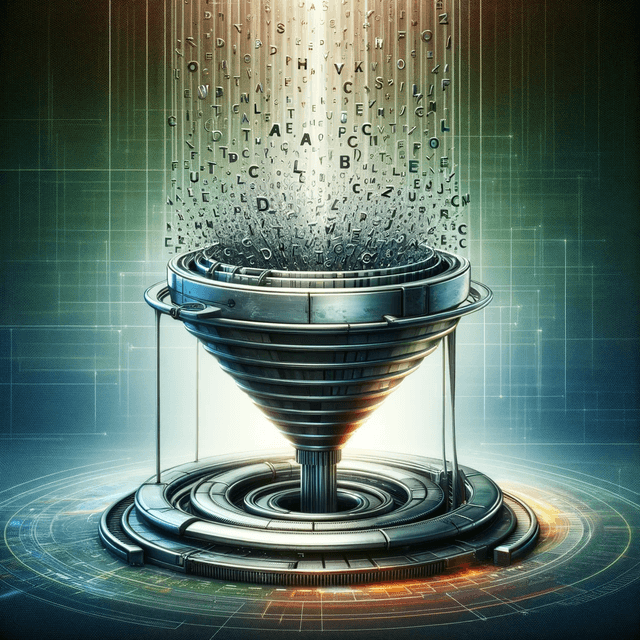
AI Acronym Generator
Get personalized and original acronyms in seconds with our user-friendly generator tool that's perfect for all your needs.
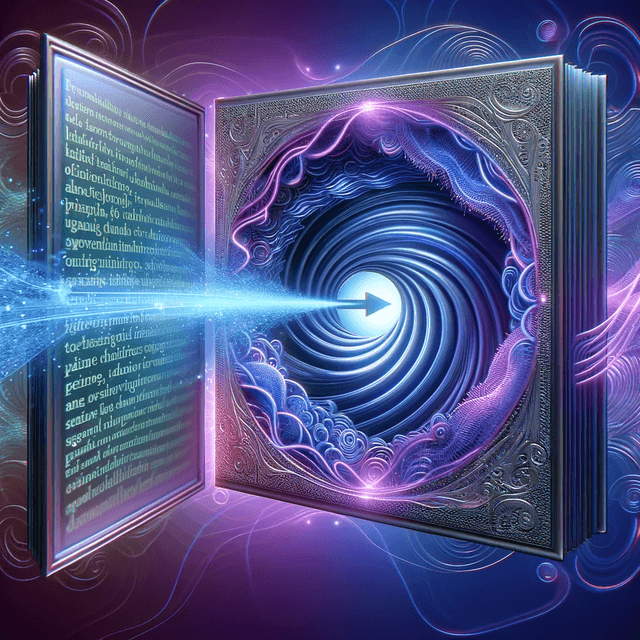
Passive to Active Voice Converter
Easily convert passive voice to active voice for a more impactful and engaging writing style.
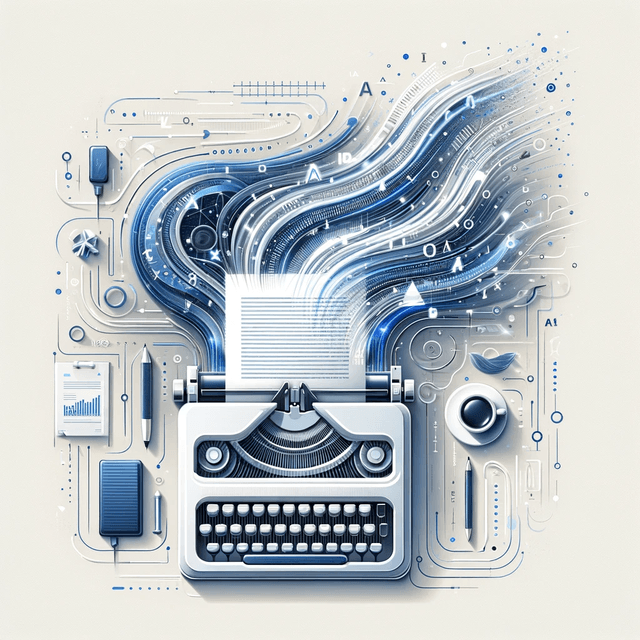
AI Writer
Enhance your writing with Typli's Free AI Writer. Automate and improve your content creation process for blogs, articles, and more.

Bullet Point Generator
Turn your ideas into clear, concise bullet points. Perfect for presentations, lists, and summaries.

AI Image Generator
Create stunning visuals with Typli's Free AI Image Generator. Transform text into professional-quality images using advanced models like FLUX, Nano Banana, and SeeDream.

ChatGPT Rewriter
Transform your text with ChatGPT Rewriter - the ultimate tool for rephrasing and paraphrasing content.

Quote Generator
Generate compelling and impactful quotes with the help of our AI quote generator. Save time and stay inspired.

Sentence Rewriter
Transform your content with our AI sentence rewriter and create fresh, unique text.

Recipe Generator
Discover new and exciting recipes tailored to your taste preferences with Typli.ai’s AI Recipe Generator. Whether you’re looking for quick meals or gourmet dishes, our tool has you covered.

Workout Plan Generator
Create personalized workout plans tailored to your fitness goals with Typli.ai’s AI Workout Plan Generator. Ideal for all fitness levels, from beginners to advanced athletes.

Apology Generator
Craft sincere and thoughtful apologies with Typli.ai’s AI Apology Generator. Whether for personal or professional situations, our tool helps you express your feelings effectively.

Obituary Generator
Create heartfelt and respectful obituaries with Typli.ai’s AI Obituary Generator. Perfect for honoring loved ones with a personalized tribute that captures their life and legacy.
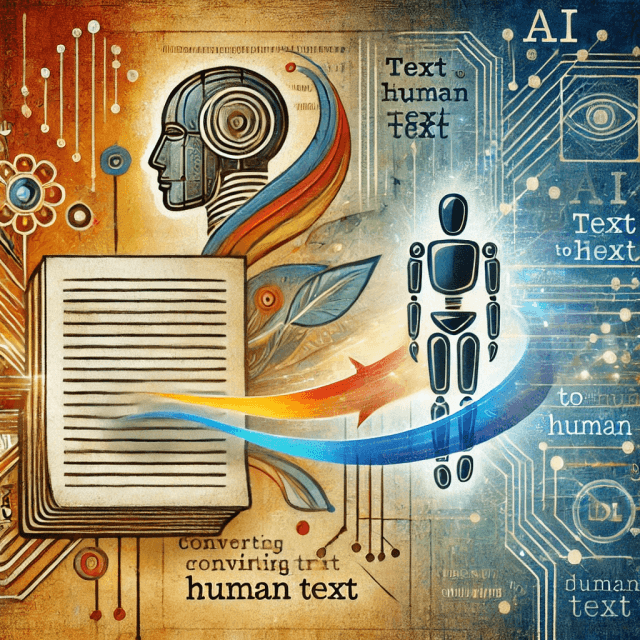
AI Text to Human Text Converter
Easily convert AI-generated text into natural, human-like language with Typli.ai’s AI Text to Human Text Converter. Perfect for making AI content more relatable and authentic.
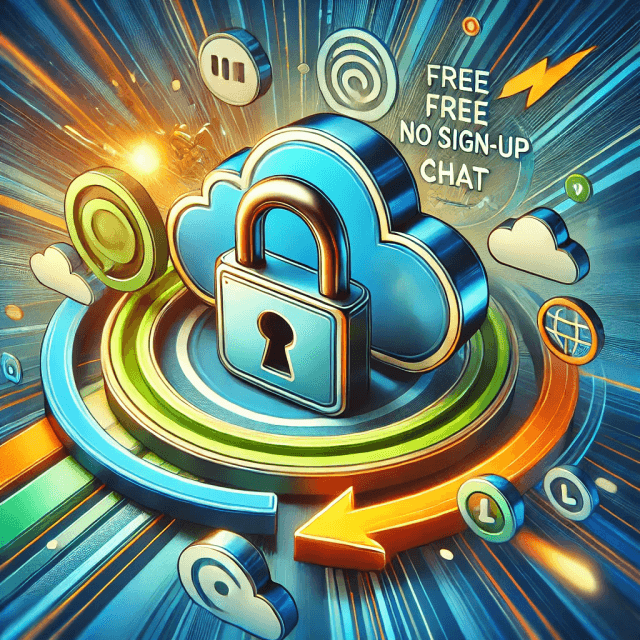
Free No Sign-Up ChatGPT
Access ChatGPT for free without any sign-up required. Perfect for those who want to use AI-powered chat instantly without the hassle of creating an account.

English to Macedonian Translator
Effortlessly translate English text to Macedonian with Typli.ai’s Free English to Macedonian Translator. Ideal for students, professionals, and anyone looking to communicate or learn Macedonian effectively.

English to German Translator
Effortlessly translate English text to German with Typli.ai's Free English to German Translator. Ideal for travelers, students, and professionals seeking precise and fluent translations.

Persian to English Translator
Effortlessly translate Persian text to English with Typli.ai’s Free Persian to English Translator. Ideal for students, professionals, and anyone looking to understand or communicate in English effectively.

English to Spanish Translator
Effortlessly translate English text to Spanish with Typli.ai's Free English to Spanish Translator. Perfect for students, professionals, and casual users alike.

English to Latin Translator
Effortlessly translate English text to Latin with Typli.ai's Free English to Latin Translator. Ideal for students, researchers, and enthusiasts of classical languages.

English to Italian Translator
Effortlessly translate English text to Italian with Typli.ai's Free English to Italian Translator. Perfect for travelers, students, and professionals seeking accurate and fluent translations.

English to Russian Translator
Effortlessly translate English text to Russian with Typli.ai's Free English to Russian Translator. Ideal for travelers, students, and professionals seeking precise and fluent translations.

AI Writing Generator
Unleash the power of artificial intelligence to generate high-quality, engaging content with Typli's Free AI Writing Generator. Ideal for bloggers, marketers, and content creators.
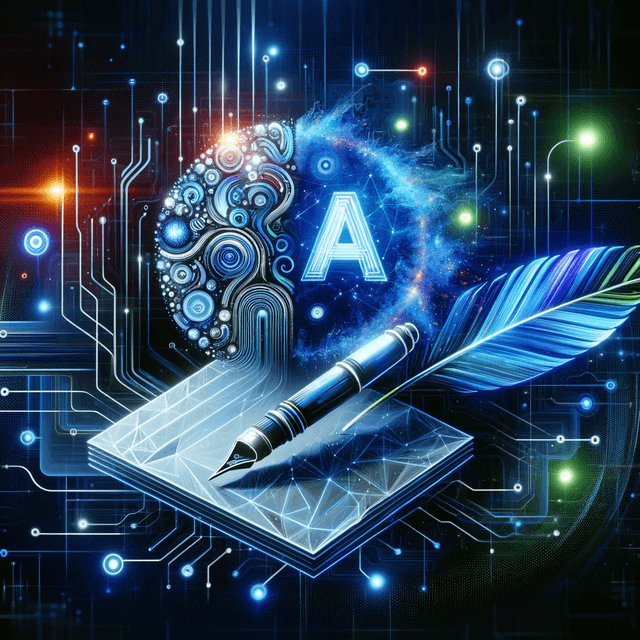
AI Content Generator
Generate compelling, unique content instantly with Typli's Free AI Content Generator. Perfect for blogs, social media, and marketing material.

AI Headline Generator
Instantly generate eye-catching headlines with Typli's Free AI Headline Generator. Perfect for articles, blogs, and marketing campaigns.

Project Name Generator
Generate a creative and unique name for your project. Get name ideas that capture the essence and goals of your project.

Paragraph Rewriter
Produce authentic and captivating content by rewording paragraphs with our rewriter tool.

AI Paragraph Generator
Typli’s AI paragraph generator crafts sentences that flow like a river, delivering smooth, relevant, and surprisingly human paragraphs that get better with each use.

AI Word Expander
Add depth and creativity to your writing with our AI word expander tool for a more sophisticated language experience.

Hook Generator
Uncover the art of writing hooks, headlines, and intros that demand attention from your readers.

AI Editor
Enhance your text with precision using our AI Editor, which corrects punctuation and minor errors without altering your original words or meaning.